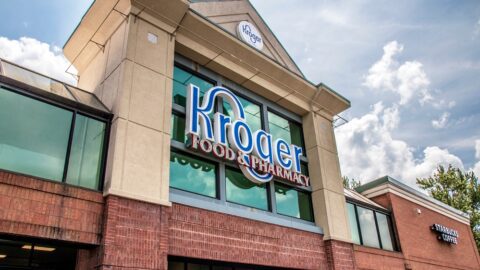Kroger and Albertsons Companies are reportedly working on plans to sell between 250 and 300 of their combined 4,996 stores in order to alleviate U.S. antitrust concerns regarding their merger, people familiar with the matter told Reuters. The move is aimed at easing regulators’ concerns that the deal could lead to grocery price hikes during a time of heavy inflation.
The combined value of the divested stores could top $1 billion, according to the sources. They would be spread across all regions where the retailers operate, including the Pacific Northwest, Southern California, Phoenix and Chicago. Kroger and Albertsons have been in touch both with potential buyers, including Ahold Delhaize, and the FTC regarding their plans.
Albertsons already announced plans to establish a subsidiary, SpinCo, which will be spun off as a standalone public company prior to the merger’s closing and could control between 100 and 375 divested stores from both companies. Kroger has since said the upper limit for divestures would be 650 stores. While Kroger and Albertsons are currently focusing on finding a buyer, they still may proceed with the spinoff plan if no deal materializes.
The key focus for the FTC as it investigates the divested stores will be their financial viability, antitrust experts told Reuters. FTC Chair Lina Khan has cited the failure of divestitures in the 2014 Albertsons and Safeway merger as a reason for the agency to be skeptical about the merits of such a move. At the time, the retailers earned regulatory clearance by selling 146 stores to regional grocer Haggen, which filed for bankruptcy several months later and blamed the new stores for its demise. Albertsons was then able to buy many of the stores back.
Kroger and Albertsons have argued that the merger is necessary to help the companies compete with larger rivals including Walmart, Costco and Amazon. However, opponents have argued that the deal would worsen food deserts in rural and marginalized urban areas, where the problem has been “aggravated by over-concentration in grocery retail,” according to Sumit Sharma, Senior Researcher of Technology Competition at Consumer Reports.













